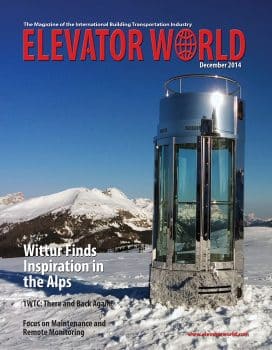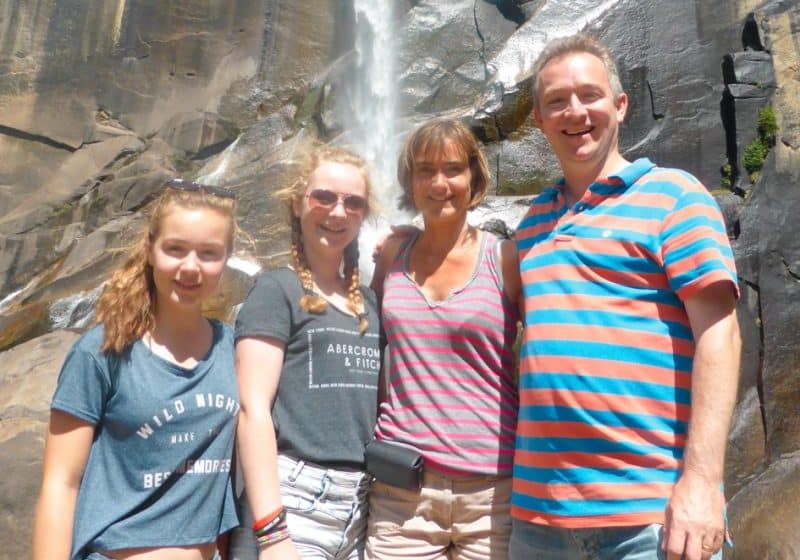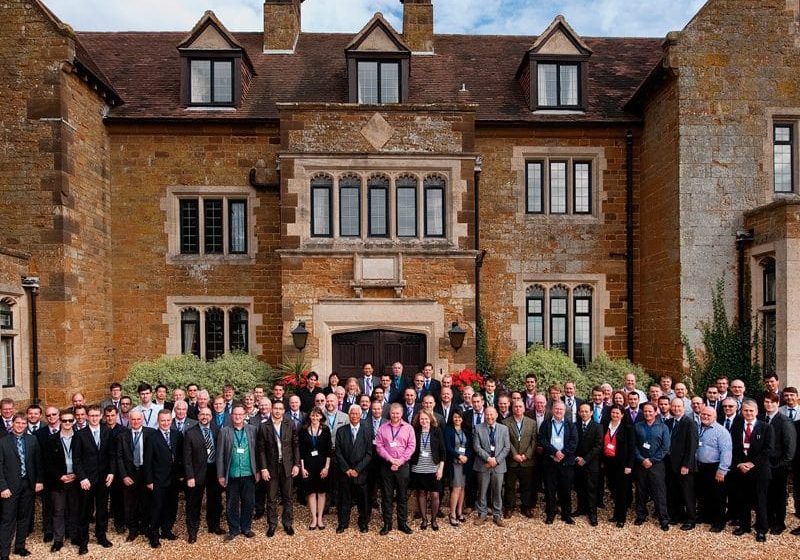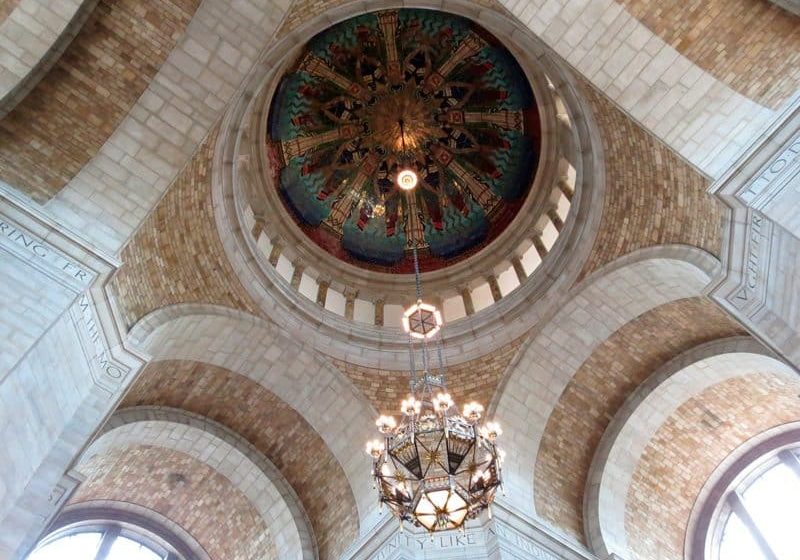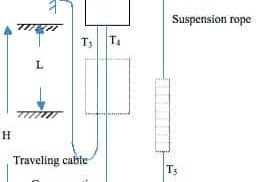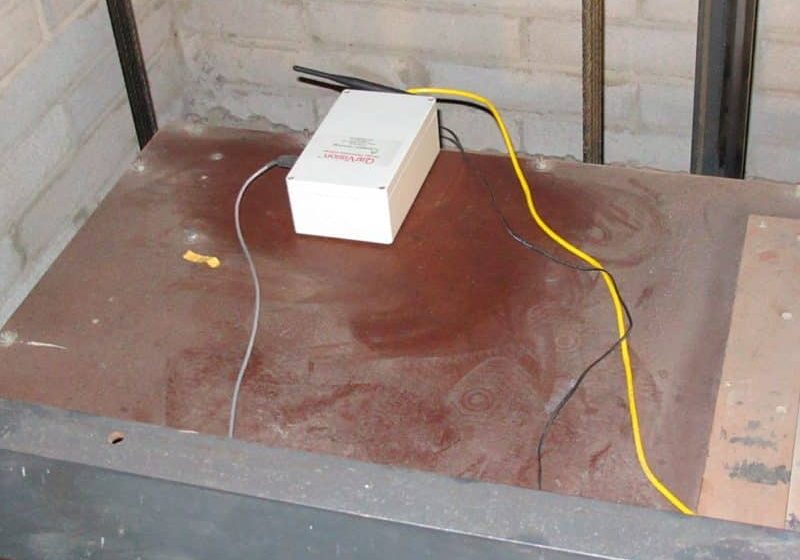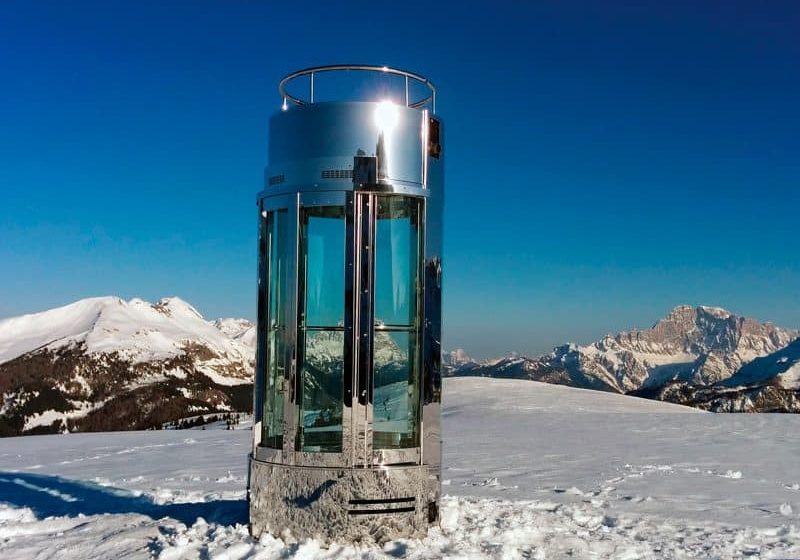It is entirely appropriate that ELEVATOR WORLD Editor Emeritus Robert S. Caporale wrote the article on the completed elevator systems in 1WTC: There and Back Again, the end of a 13-year process. Caporale was intimately involved in the original World Trade Center (WTC) elevators destroyed on September 11, 2001, and following the journey of the rebuilding and the reinvigoration of lower Manhattan, New York, was rewarding to him personally and to EW in the series of articles he has written over the last decade, including “WTC: Gone, But Not Forgotten,” “One WTC” and “One WTC: An Update,” which we have included in our Online Extras this month at www.elevatorworld.com. In November, the tower welcomed its first tenant, Condé Nast, which produces The New Yorker, Vogue and Vanity Fair. Eventually, some 3,400 of the company’s employees will work there, moving from their headquarters in Times Square. It is a very different tenant from the largely financial companies that occupied the original buildings. Another milestone in the area was the May 16 opening of the museum portion of the National September 11 Memorial & Museum. For many, the presence of the memorial and its plaza means the new WTC complex is far more than an upscale office district. For New Yorkers, in particular, it is a visual symbol of “standing tall again.” For a fascinating look back to 9/11 and forward to the extraordinary years of building the new tower, visit www.pbs.org/wgbh/nova/tech/engineering-ground-zero.html.
If the cover this month seems just a little too perfect for December, that could be so. In The Story behind Wittur’s Winning Photo (page 40), Carlo Ferrari explains how the beautiful Wittur elevator cab came to be sitting in the Italian Dolomite Mountains just waiting to have its picture taken.
Our focus this month is Maintenance and Remote Monitoring. According to Rich Madarasz and Kathy Mutch in their article Is It Working?, the best judge of whether an elevator is performing at optimum efficiency is a person putting it through its paces and reporting on it regularly – in other words, an elevator operator. Absent a real human being, remote monitoring has to depend on sensors that are not human – accelerometers, altimeters, temperature gauges and even cameras. The data collected is compared to historic statistics and rules of thumb on how it should work – this is analytics. In some cases, monitoring is used to decide which elevators in a very large complex should be repaired or modernized. In other applications, analytics are used to determine when maintenance is needed.
Monitoring was used extensively in the Inspection of the Taipei 101 Elevators: 10 Years Later. Toshiba Elevator and Building Systems installed and maintained these elevators, which were the world’s fastest until this year. They have been regularly maintained and inspected, but the review in 2014 was to compare their speeds to those established 10 years ago. It is a fascinating study.
In Maintenance and Modernization: The Key to Safety, KONE’s Senior Vice President for Modernization Ilpo Marjamaa noted that of the 12 million elevators worldwide, some 2.2 million are in Europe, and most need modernization. Some, he said, have old doors, some level poorly, and many have no emergency communication. Maintenance is very important, Marjamaa said, but if the elevator is at least 25 years old, that may not be enough – it will need to be brought up to code to be safe.
In Italy at a Crossroads, ThyssenKrupp Elevator Italy CEO Luigi Maggioni and KONE Italy Managing Director Angelo Bosoni concur that many of Italy’s 950,000 elevators are in need of modernization for the same reasons Marjamaa stated. Competition for maintenance is “intense” as small and middle size companies vie with the majors for business.
We finished up the year with elevator events, times three. The State of Wisconsin and NAESA International’s Symposium in Lake Geneva, Wisconsin, brought together 191 inspectors, while the Chartered Institution of Building Services Engineers’ fourth Lift and Escalator Symposium attracted more than 100 in Northampton, U.K. In Turkey, the new editor of Asansör Dünyası, Berkay Mumoğlu, reported on a symposium focused on safety and technology held in Izmir. This event hosted more than 1,400 engineers. As we close the book on 2014, a year of rebuilding and, ultimately, growth for the elevator industry, it seems entirely appropriate to congratulate the architects, owners, contractors, consultants and technicians who worked for years on the new Freedom Tower. What a beautiful labor of love it is, standing tall in the skyline of New York City.
Get more of Elevator World. Sign up for our free e-newsletter.

